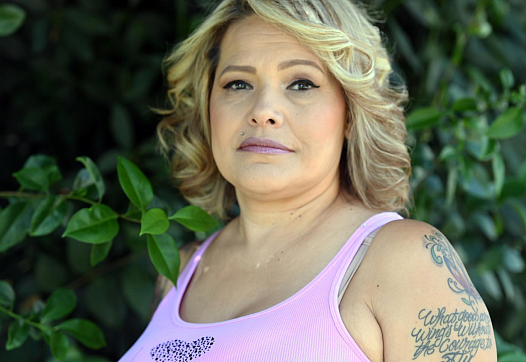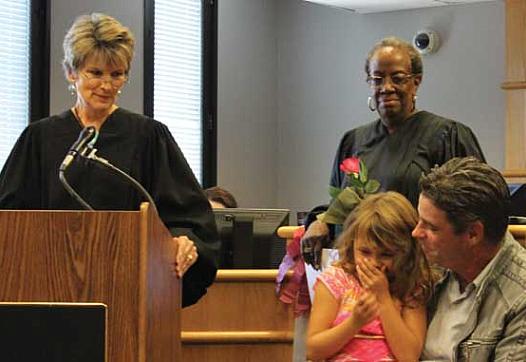
New programs were beginning to address the traumatic foundation of Humboldt County's health problems. Then came COVID-19.

New programs were beginning to address the traumatic foundation of Humboldt County's health problems. Then came COVID-19.

Two days before her 22nd birthday last fall, Dominique Green was at the Rocklin Police Department reporting a rape, still shaken from a violent incident with a former coworker the night before.

Child welfare agencies use a shadow system to remove kids from their parents’ care. Nobody knows how many children are placed this way or what happens to them in new homes.

Advocates and experts are worried there may not be enough families willing to take children in.

Domestic violence, the leading cause of homelessness among women and children, is increasing during the pandemic.

The chief of a domestic violence unit joined reporters from The Wall Street Journal and NBC News to share insights for covering this urgent story right now.

The Virginia Department of Social Services has seen a 50% drop in calls to the child abuse and neglect hotline since mid-March, but social workers are concerned that an increase in domestic violence and child abuse may be going unreported.

The four years I spent covering San Joaquin County included too many visits to homicide scenes and coroner’s name requests, but a cursory glance at the names and figures of the victims unsettled me.

“This decline in calls is unprecedented for Los Angeles County,” said one county official. “We are seeing similar trends across the state of California.”

Are parents whose children are being removed from their homes following allegations of abuse and neglect being billed for the cost of foster care and family reunification services? The signs suggest yes.